How to choose coffee beans that suit your taste? What are the characteristics of all kinds of coffee beans?
Guide reading
When you come to Qianjie coffee, you will be "scared" by the dazzling array of coffee beans. In the face of so many kinds of coffee beans, how to choose the right coffee beans!
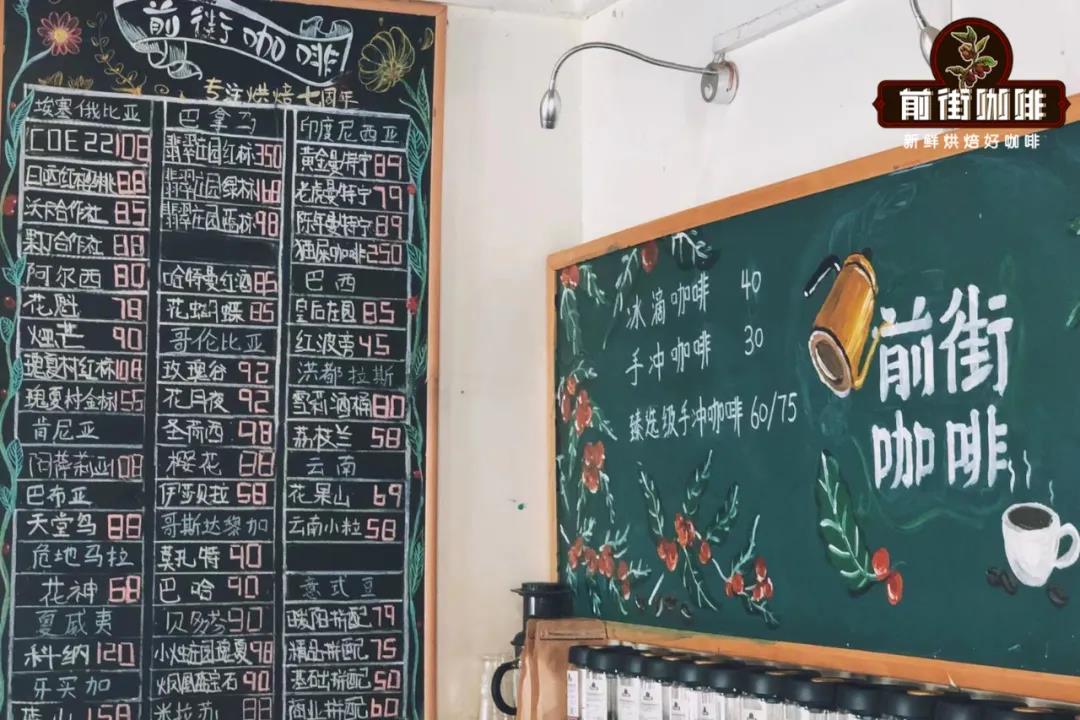
Producing area / producing area
At this time, the first step is to determine the scope. Coffee belongs to plants, and coffee grown in different places has different flavors. The large area can be roughly divided into African beans, American beans, Asian beans and island beans.
The most obvious flavor of African beans is lemon, citrus, berries and flowers. It specifically represents the state-owned Ethiopia and Kenya.
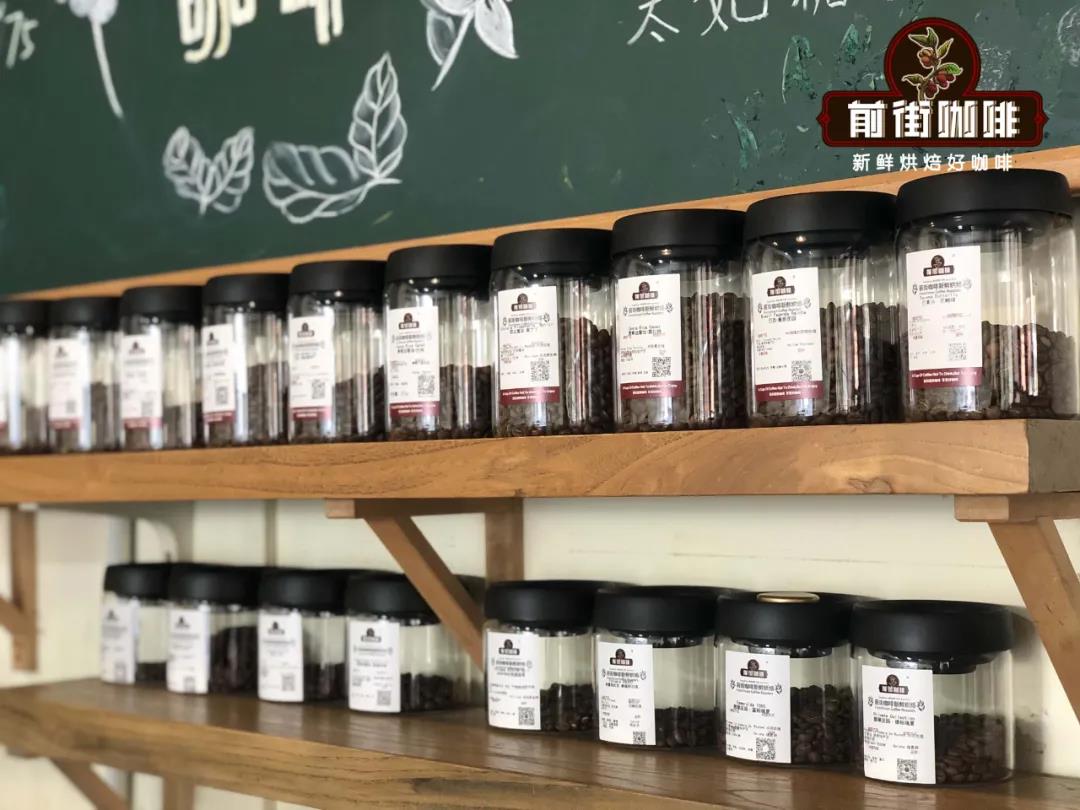
The most distinctive flavor of American beans is clean, citrus or nuts, chocolate, and a sense of balance. As the American coffee is later artificially planted, its quality level will be relatively high, the balance is very good. The specific representative countries are Brazil and Colombia.
The flavor of Asian beans is characterized by black tea, chocolate, nuts, herbs and mellow. The specific representative country is Indonesia.
Island beans refers to growing in a relatively small area of the island, the general micro-climate of island coffee will form a different flavor from mainland coffee. Also because some of the more famous island coffee use advanced management planting technology, coupled with limited production, the formation of a unique and expensive coffee. For example, Blue Mountain Coffee in Jamaica, Kona Coffee in Hawaii, and St. Helena Coffee (famous for Napoleon).
Treatment mode
Different coffee treatments show different coffee flavor, and the common coffee treatments are sun treatment, washing treatment and honey treatment.
Sun treatment is simply understood as the whole coffee fruit is sun-dried, dried with a direct moisture content of 12% and then shelled and stored in storage, so the sun-treated coffee shows obvious sweetness and rich layers.
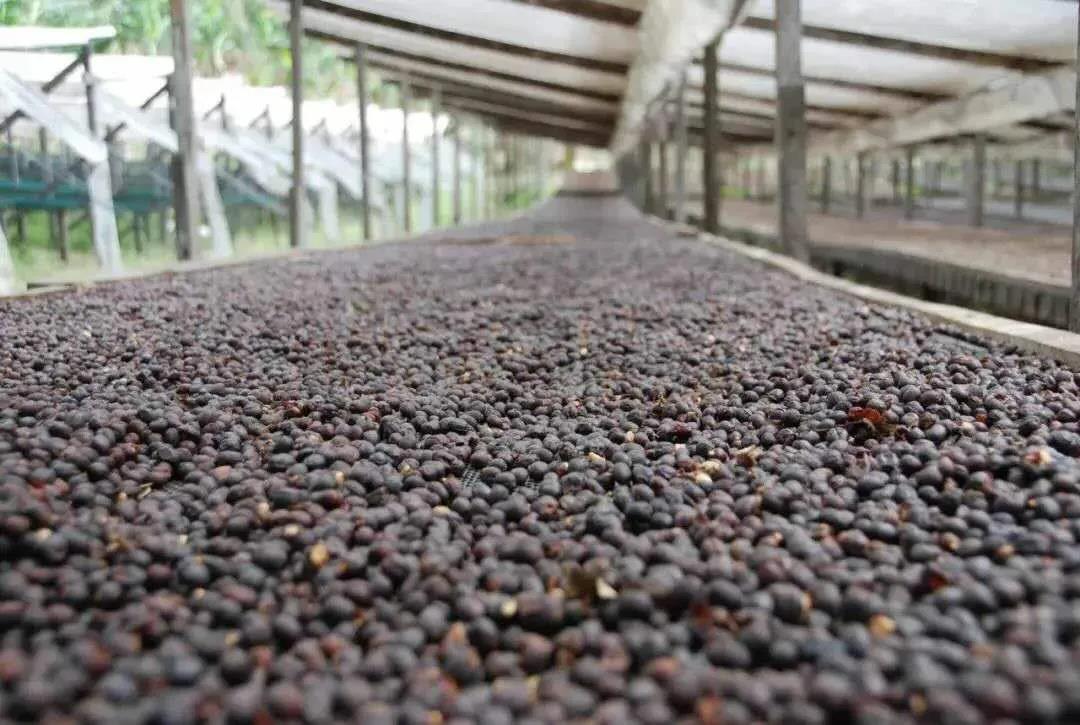
Washing treatment is simply understood as removing pectin from the skin and pulp of coffee fruit, allowing microorganisms to decompose the pectin remaining on coffee beans (fermentation process) in static water for 12-48 hours, and then drying until the direct moisture content is 12% before shelling and storage. The coffee treated with water is clean, fresh and sour.
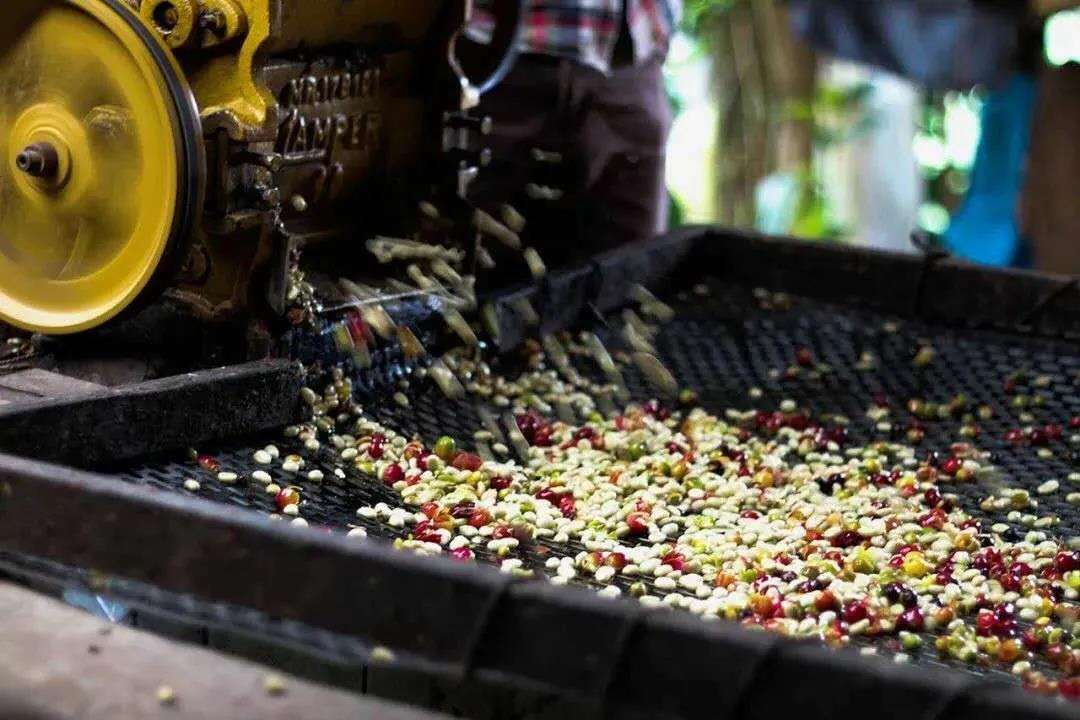
Honey treatment is simply understood as the first removal of the peel and pulp of the coffee fruit, retaining the pectin part for sun drying, the whole process of anhydrous treatment, due to the removal of the peel for the sun, so the drying time will be shorter than the sun. Honey-treated coffee beans are very sweet and soft.
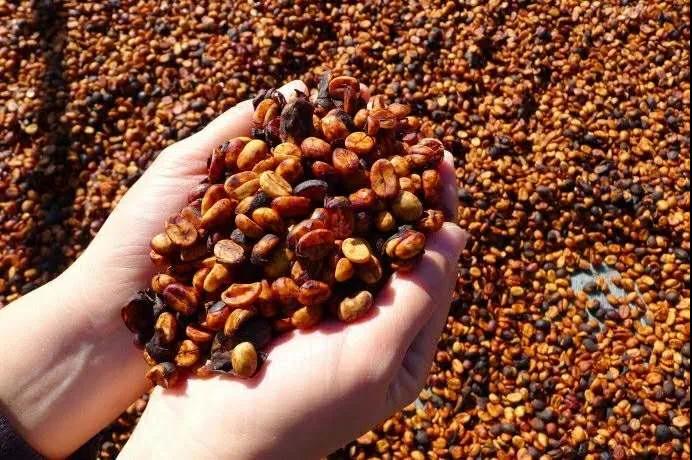
In addition to these more common treatment methods, there are some special treatment methods, the most common of which are anaerobic treatment and barrel fermentation treatment. Anaerobic treatment of coffee generally shows a very high recognition of berries, flowers. Such as Columbia's Rose Valley, Flower Moon Night. Barrel fermented coffee generally shows the wine charm of the barrel, chocolate. Such as Shirley and Litchi Orchid in Honduras.
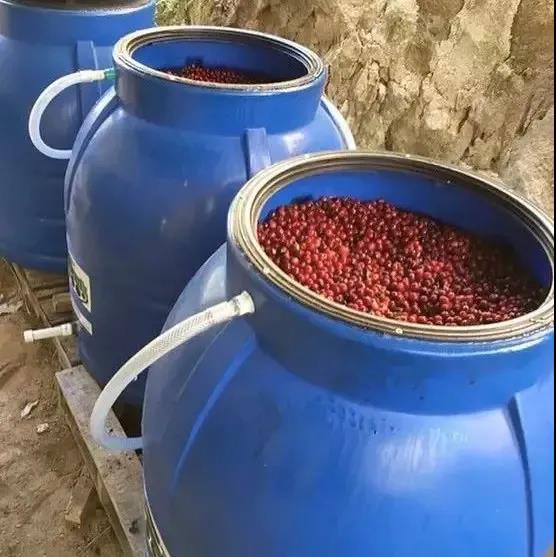
Baking degree
The last is the roasting degree of coffee, the lighter the roasting degree, the richer the aroma and coffee flavor. With the deeper the roasting degree of coffee, the more obvious the reaction between caramelization and Mena. The more obvious the caramel and bitterness.
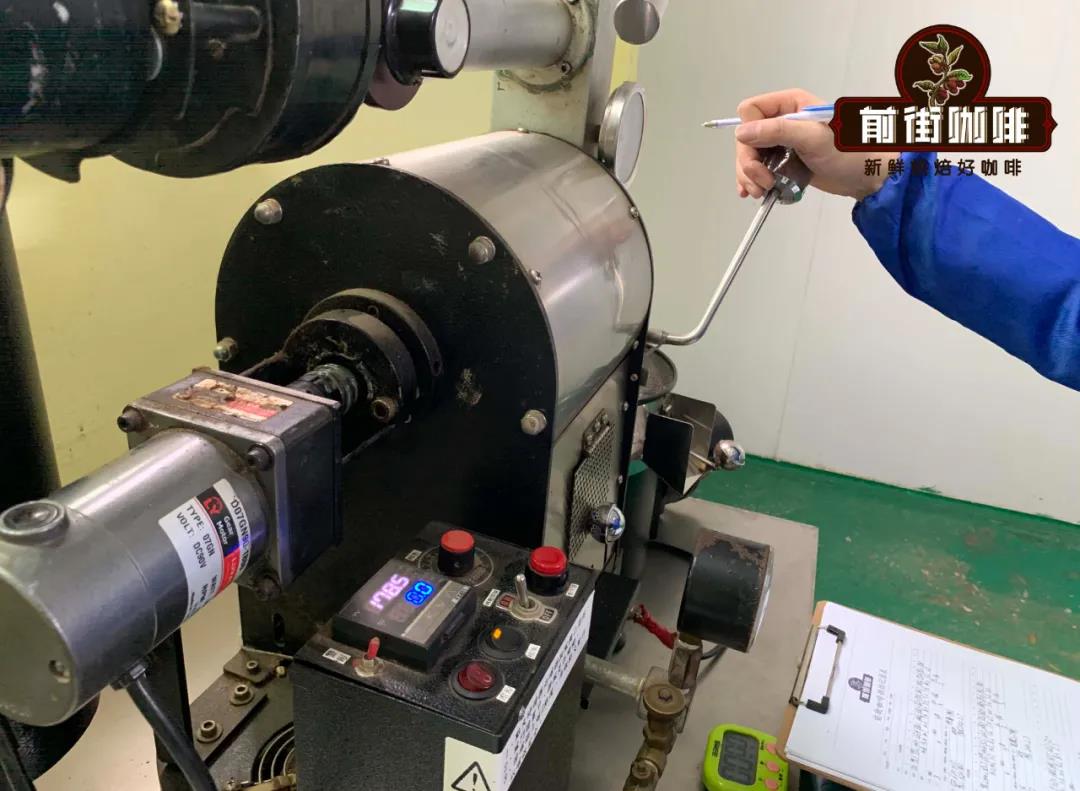
Shallow baking
Highlight the acidity of fruit and the aroma of flowers and fruits.
Shallow baking
Cinnamon baking
Medium baking
(increase sweetness, balance)
Medium baking
Deep baking
Medium and deep baking
(the transformation of sugars is maximized and the bitterness comes to the best.)
City baking
City-wide baking
Deep baking
(both bitter and mellow)
French baking
Italian baking
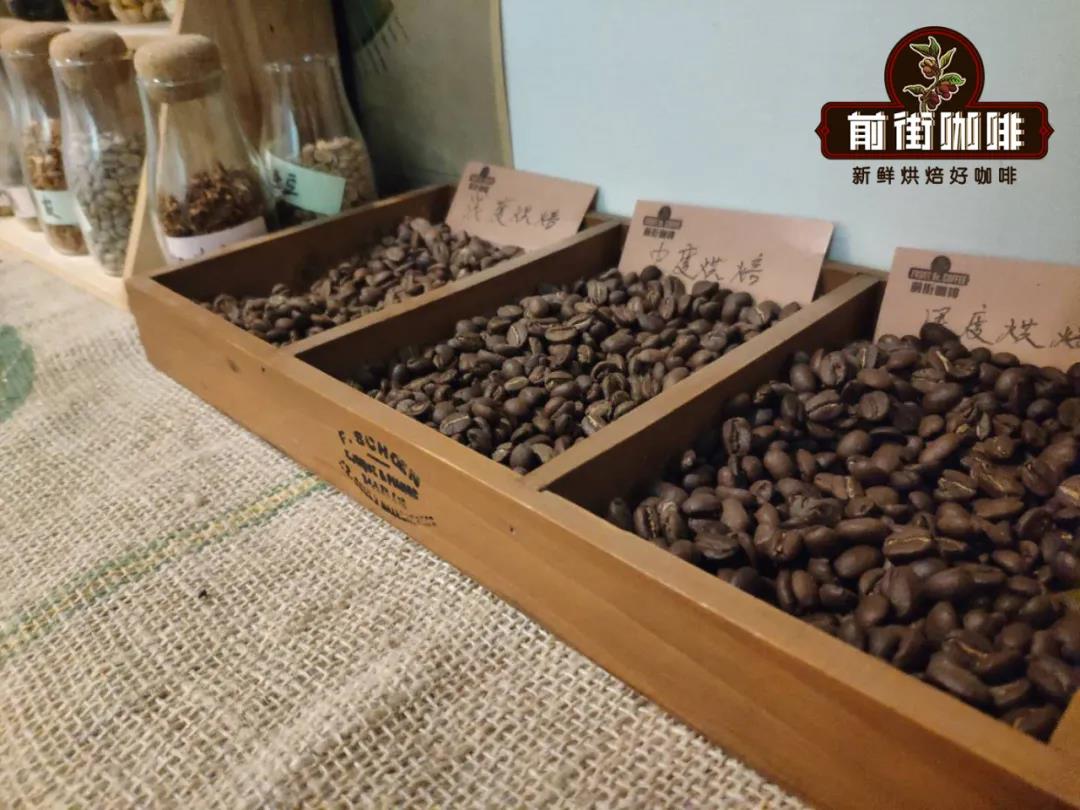
Therefore, in terms of baking degree, if you want to feel more fruit and flower aroma, you can choose medium and shallow roasted coffee, and if you want to be mellow, thick and sweet, you can choose medium and deep roasted coffee.
Important Notice :
前街咖啡 FrontStreet Coffee has moved to new addredd:
FrontStreet Coffee Address: 315,Donghua East Road,GuangZhou
Tel:020 38364473
- Prev
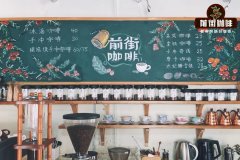
Do you have sun-treated coffee beans in Kenya? Performance of cooking flavor of Kenyan coffee beans treated by sun
Professional coffee knowledge exchange more coffee bean information please follow the coffee workshop (Wechat official account cafe_style) what! There are sun-treated coffee beans in Kenya? This is the first reaction of many people after the coffee bean was moved out of Qianjie. In Kenya, we often see that 72 small fermented water is used to treat raw coffee beans, which also gives us a kind of Kenyan coffee beans with only washing places.
- Next
What is the Red Cherry Project? What are the flavor characteristics of Yejia Xuefei sun-red cherries?
Read in the bean list of the front street coffee, you will see a very dazzling name Yega Xuefei sun red cherry! So what is the story of the origin of this coffee bean? The core content of the Red Cherry Project is to use all-red coffee fruits to improve the quality of coffee. From today's point of view, full red fruit treatment is nothing new.
Related
- Beginners will see the "Coffee pull flower" guide!
- What is the difference between ice blog purified milk and ordinary milk coffee?
- Why is the Philippines the largest producer of crops in Liberia?
- For coffee extraction, should the fine powder be retained?
- How does extracted espresso fill pressed powder? How much strength does it take to press the powder?
- How to make jasmine cold extract coffee? Is the jasmine + latte good?
- Will this little toy really make the coffee taste better? How does Lily Drip affect coffee extraction?
- Will the action of slapping the filter cup also affect coffee extraction?
- What's the difference between powder-to-water ratio and powder-to-liquid ratio?
- What is the Ethiopian local species? What does it have to do with Heirloom native species?

